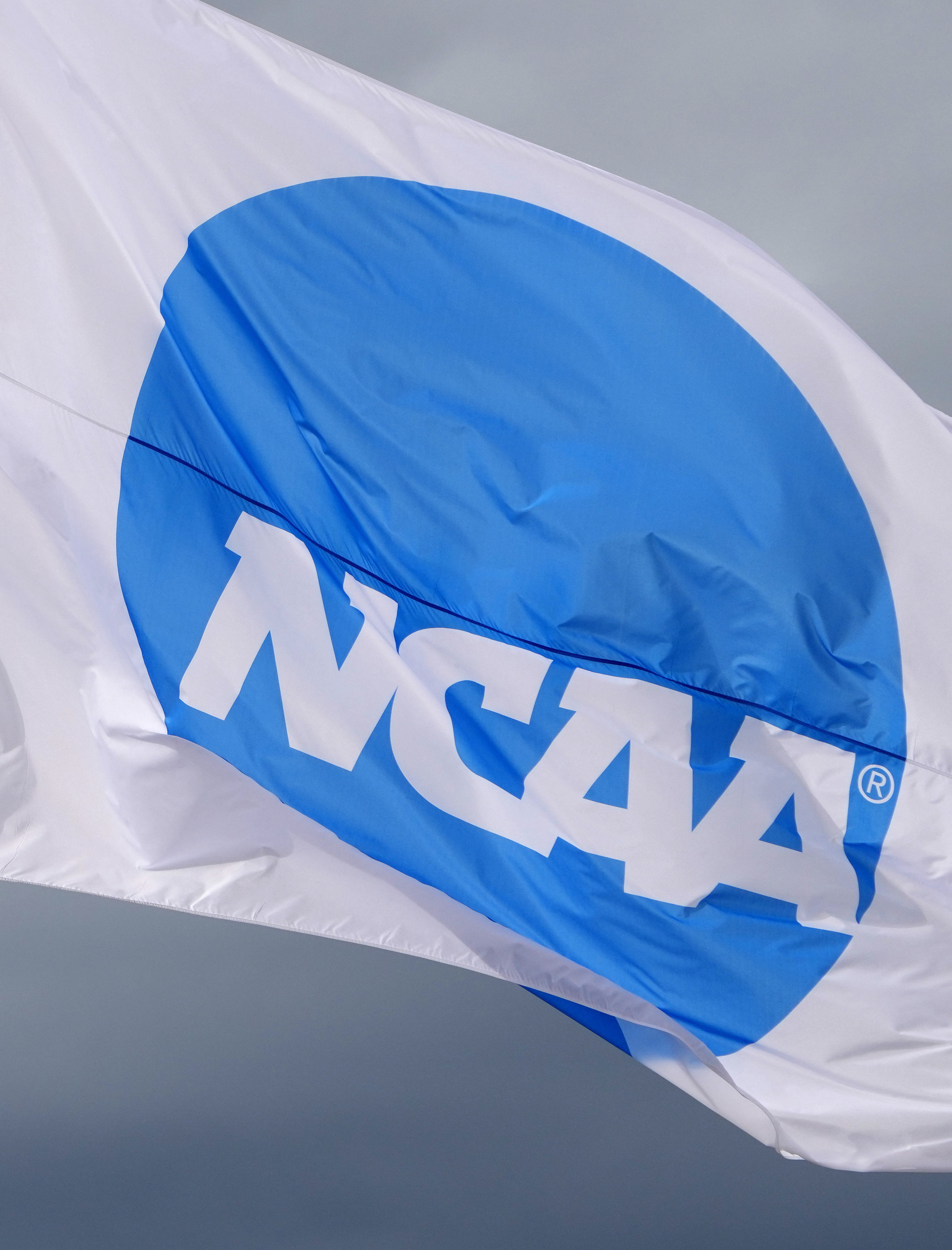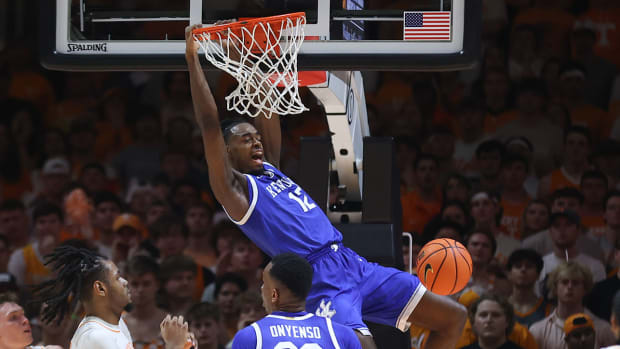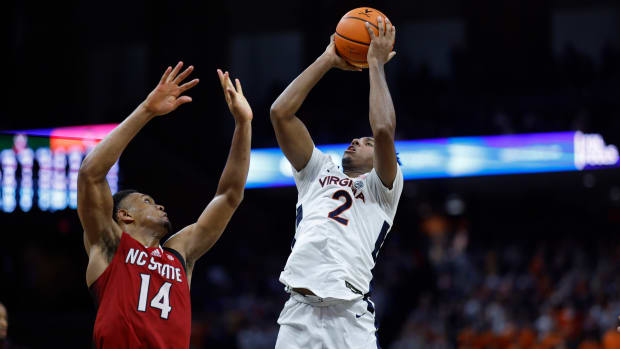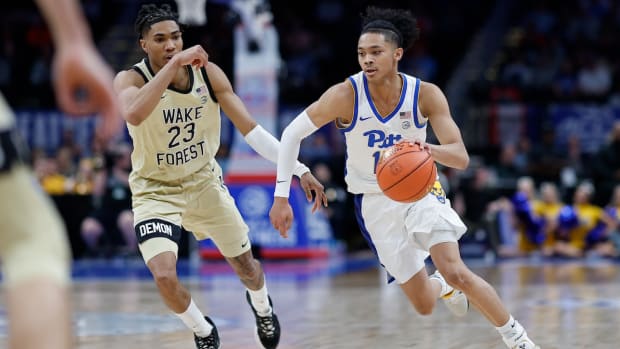What NCAA Constitution Draft Tells Us: More Power, More Money for Schools
The NCAA on Monday released a draft of its new constitution, a significantly condensed 19-page version with some expected but notable changes. Members will haggle over the draft ahead of next week’s virtual NCAA Constitution Convention, while also looking to the next and most important step in this process: restructuring Division I governance.
But let’s turn our attention back to that constitution draft. It embraces athlete compensation (name, image and likeness), remakes the Board of Governors and gives athletes a larger role in decision-making, among other things. To the casual fan, these are uninteresting matters. To school administrators, these are significant changes that will lead to even more significant, and interesting, changes to the Division I structure.
Here is a rundown of the proposed changes to the constitution and what it could mean if approved:
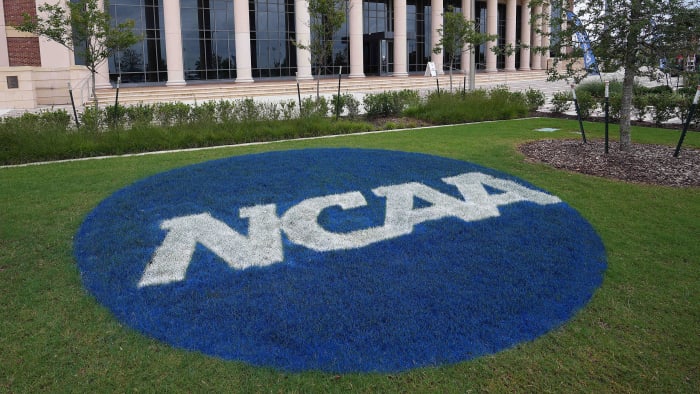
The proposed new constitution still needs to go to the more than 1,200 member schools for feedback after next week’s convention, and could be amended before a full membership vote in January.
Kirby Lee/USA TODAY Sports
A shrinking and less important Board of Governors
The board, made up largely of school presidents, is the highest-ranking group within the NCAA structure, possessing authority over all decisions within the three divisions. The new constitution changes the Board of Governors in two ways: (1) the Board is decreasing in size from 21 to nine members; and (2) its authority is clearly being stripped, with power now given to the board of directors overseeing each of the three divisions. Many of the most powerful people in college athletics, including SEC commissioner Greg Sankey, have encouraged this move. One of the nine members of the Board of Governors will be a former athlete. In fact, an athlete representative, with voting powers, will be on each of the boards for the three divisions.
Embracing NIL
The term “student-athlete” is used about 50 times in the new constitution draft, which is about one-third of its previous size. But you know what word you won’t find? Amateur. The lingo has been stripped from the constitution as the association has embraced the era of NIL. Here is a somewhat history-making change to the constitution: “Student-athletes may not be compensated by a member institution for participating in a sport, but may receive educational benefits and benefit from commercialization through use of their name, image and likeness in accordance with guidelines established by their NCAA division.”
Revenue split
Divisions II and III will still get their revenue cuts (produced by Division I), according to the proposed draft. The two lower divisions share a combined 8% of the revenue, which is a prickly issue with some in D-I, since D-II and D-III don’t generate revenue for the pot. Why cut them in? Because in order for a new constitution to be passed, two-thirds of the membership must vote to approve it. This is a bargaining chip from Division I. Here’s your money, now vote to let us have more powers.
A path to restructure
This is the most significant change to the new constitution: It allows each division to organize itself in a different way than previously done. That includes creating “subdivisions” or a “new division,” the constitution says. This is Step 2 of the process. After the constitution is approved in January, a separate working group will reorganize Division I to allow the money-making, blue-blood programs more power in making rules. FBS teams may split in some way while remaining under the NCAA umbrella.
More College Football Coverage:
